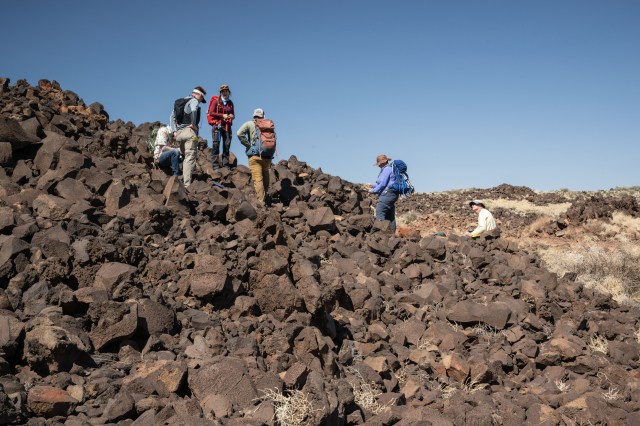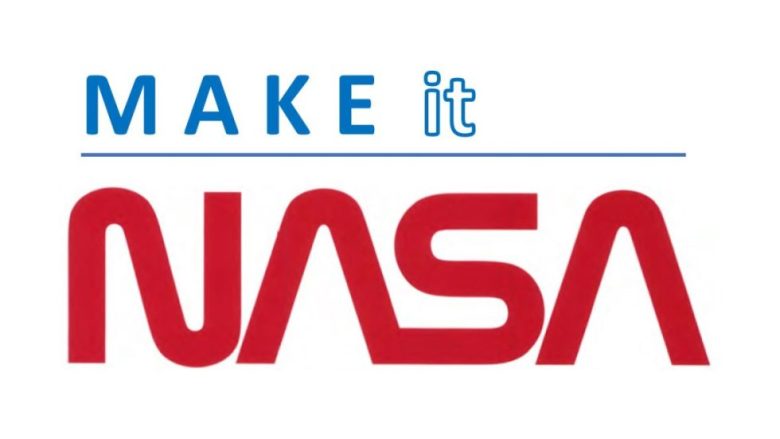The following content modules are available for download and use:
Where’s the Power?
Using the Design Thinking Process, student teams design and build a power management system in which chosen components turn on and off depending on how much solar power is available. Student teams research aspects of living and working in an orbital outpost to determine what power systems support astronauts on their mission. Students will then program their designs to redirect power to the most critical components of their system in a simulated loss of power incident.
Save Your Breath
Students build and test a data-collection system consisting of a sensor, microcontroller, and transmitter that could be used during lunar exploration. Students will then use computational thinking practices to modify their system to detect carbon dioxide in model spacesuit helmets and signal an alert if CO2 exceeds acceptable levels. Students will test their system through a simulated CO2 build-up incident.
Make it NASA: Save Your Breath – Facilitator Presentation
Make it NASA: Save Your Breath – Student Journal
Make it NASA: Save Your Breath – Design a Mission Patch
Make it NASA: Save Your Breath – Online Resources
How Would You Measure the Moon?
Using the Design Thinking Process, students plan and conduct a scientific mission to take measurements on the lunar surface. They design a scientific payload consisting of sensor-microcontroller-transmitter, and mount it on a model lunar rover. Students then program the payload to take data and transmit it back to the team. They execute the program, and conduct the mission on a 3-foot by 3-foot area of a simulated lunar surface, transmitting at least nine data points back to the team.
Make it NASA: How Would You Measure the Moon – Facilitator Presentation
Make it NASA: How Would You Measure the Moon – Student Journal
Make it NASA: How Would You Measure the Moon – Design a Mission Patch
Make it NASA: How Would You Measure the Moon – Online Resources
Make it NASA: How Would You Measure the Moon – Printable 3×3 Moon Map
What Will it Take to Live on Mars?
Using the Design Thinking Process, students design and build an element critical for astronauts to live and work on Mars. Products could pertain to how astronauts would get to Mars, live and work on the planet’s surface, or return to Earth. Student teams will research one aspect of a mission to Mars, decide on a product that needs to be created to support that aspect, and build a prototype model. The teams will evaluate and improve the prototype, and present their final model, key design features, and how it supports the astronauts on their mission.
Make it NASA: What Will it Take to Live on Mars – Facilitator Presentation
Make it NASA: What Will it Take to Live on Mars – Student Journal
Make it NASA: What Will it Take to Live on Mars – Design a Mission Patch
Make it NASA: What Will it Take to Live on Mars – Online Resources
Make it NASA Main Page
Contact Information
Gerald Voltz
Education Program Specialist
Gerald.W.Voltz@nasa.gov
(216) 433-8817
This content is part of NASA Glenn’s Make it NASA line of activities.
Glenn Research Center – Office of STEM Engagement
Phone: (216) 433-6656
Email: GRC-Ed-Opportunities@mail.nasa.gov
































